The 5 p.m. Forbidden City is an eviction, which is related to the shocking incident
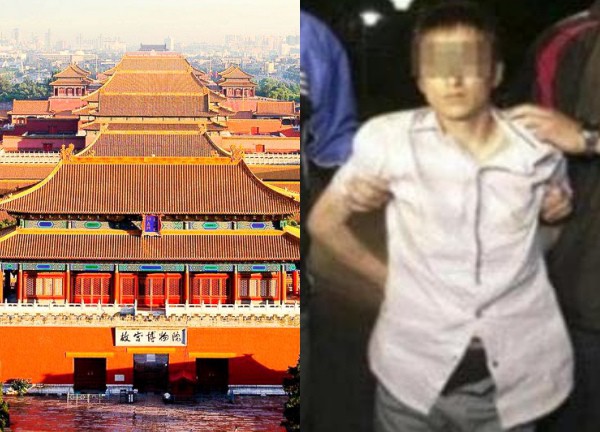
4 | 1 Discuss | Share
The Forbidden City is one of the largest places in the world that still exists and attracts the most tourists in Beijing. Currently, this place still preserves many legends, secrets and interesting facts that few people know.
The Forbidden City Imperial Palace is known as a monumental work both architecturally and historically. From the design to the area and meaning of this project, all posterity will nod in admiration. The Forbidden City is located in the center of Beijing, China, is 700,000 square meters wide and has up to 800 different large and small palaces. This is where the Qing Dynasty kings discussed court matters, and is also where the harem lived.
The Forbidden City is said to have a total of 9,999 rooms. If you want to visit the Imperial Palace, it may take several days to explore everything. But despite its vastness, this place lacks a seemingly essential facility, which is a toilet.
From the beginning, the giant royal palace was not designed or built with a toilet at all. All public restrooms are now newly built in modern times for the purpose of serving tourists and employees. This makes many people curious about how people who lived in the previous palace "solved" basic needs.
According to historical researchers, no toilets were built in the Forbidden City. This is said to stem from the ancients' conception of the royal palace as the emperor's residence. Therefore, the king's living place must show dignity, solemnity and cleanliness. If a toilet is built in the Forbidden City, many people will use it in daily activities. This will cause some places inside the palace to have an unpleasant odor, affecting the majesty and dignity of the king.
Therefore, the ancients did not build permanent toilets inside the Forbidden City. Instead, the emperor, his concubines, maids, and eunuchs used "mobile toilets". Specifically, for kings and people of high status, the design of this box must also be different, luxurious and called providential.
They are made of sandalwood, containing sandalwood ash and aromatics to reduce odors. The mouth of the barrel is smoothed so that the person sitting will not be uncomfortable or scratched. Some portable toilets are also elaborately designed with brocade cushions and armrests on both sides.
After the owner finished going to the bathroom, the eunuch or palace maid would have to carry it away. In the feudal royal palace, there was a whole group of servants who were solely responsible for emptying waste in toilet bins and cleaning bins. Large waste containers must be regularly emptied outside to avoid the stench from entering the majestic palace.
That is for people in high positions, while eunuchs and palace maids of course have to use rudimentary and poorer quality tools. Their toilet box is called a bronze bow. In general, they are just a normal wooden barrel, nothing more, nothing less, and are not covered with any scent inside.
Explaining the fact that the Forbidden City does not have a toilet, researchers said that because ancient science and technology were still limited, they had not found a "technique" to handle the odor of waste. In particular, building water and wastewater systems in ancient times was impossible.
Another strange thing about the Forbidden City, the Three Great Palaces in the Former Dynasty is where the emperor worked, accounting for 1/10 of the total palace area of up to 150,000 square meters. Despite its grand scale, when stepping inside, many visitors are surprised to see there is no sign of any green trees.
1. Enhance the majesty of the royal court
According to some information, the ancients believed that the king was the person with the highest power in the court, so everything around him had to be lower than the king to ensure dignity and authority. Therefore, all the trees were cut down.
In particular, when entering from the Tiananmen gate, the large space without any trees will create a solemn atmosphere. Therefore, when mandarins travel on this road, only seeing high roofs will create pressure and fear, leading to wholehearted worship of the emperor. In addition, green trees also attract many birds and other animals, ruining the dignity of the royal court.
2. Beware of assassins
Protecting the Emperor's safety is always one of the most important criteria. Not building trees, especially tall trees, in the king's palace is the simplest and most effective way to protect them, for the simple reason that they will become an ideal hiding place for assassins who want to spy or attack. harm the Emperor.
3. Prevent fire from occurring
One main reason why people do not plant trees in the Forbidden City is to prevent fires from happening. The palaces in the Forbidden City are all built from precious and rare woods. If there is a fire, it will cause heavy damage. Furthermore, in the Qing Dynasty, firefighting measures were not yet popular, so if a fire or explosion occurred, it would be very dangerous. Precious documents and treasures are also stored here, so fire prevention is very necessary.
In addition, Beijing is a northern city with a very dry climate. If you plant trees in the 3 large halls in the Forbidden City, when there is a thunderstorm, the risk of fire will increase because trees can attract lightning.
4. Good for feng shui
The ancients certainly couldn't help but favor feng shui when building projects. In the Five Elements, the position of the Forbidden City belongs to the earth element, and the green tree belongs to the element of wood. Earth and wood are inherently incompatible and can bring bad luck, so the three main halls of Thai Hoa, Trung Hoa and Bao Hoa are not allowed to have trees.
Why did Qianlong spend money to build the most lavish palace in the Forbidden City and not stay? 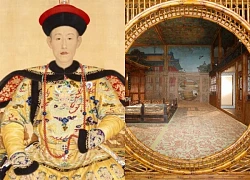 Bình Minh18:44:00 02/03/2024Qianlong spent a mountain of money to build Can Trai in the 37th year of his reign so that after retirement he would come to live. However, he has never set foot in posterity, which makes posterity feel extremely confused.
Bình Minh18:44:00 02/03/2024Qianlong spent a mountain of money to build Can Trai in the 37th year of his reign so that after retirement he would come to live. However, he has never set foot in posterity, which makes posterity feel extremely confused.

4 | 1 Discuss | Share
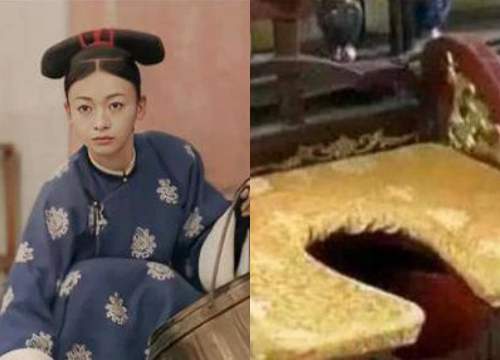
3 | 0 Discuss | Share
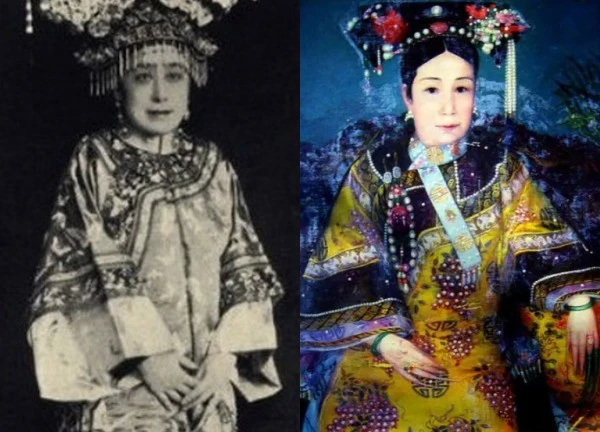
1 | 1 Discuss | Share
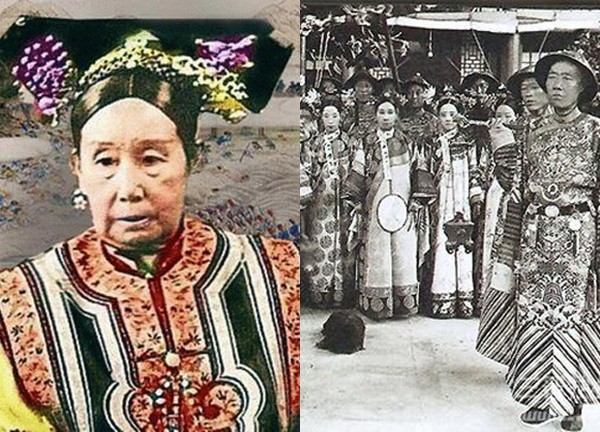
7 | 1 Discuss | Share
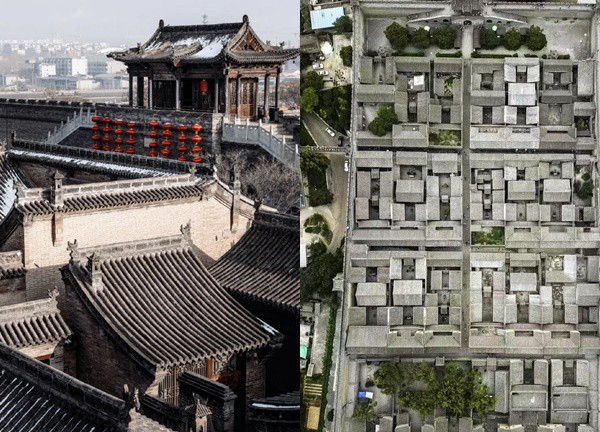
4 | 1 Discuss | Share
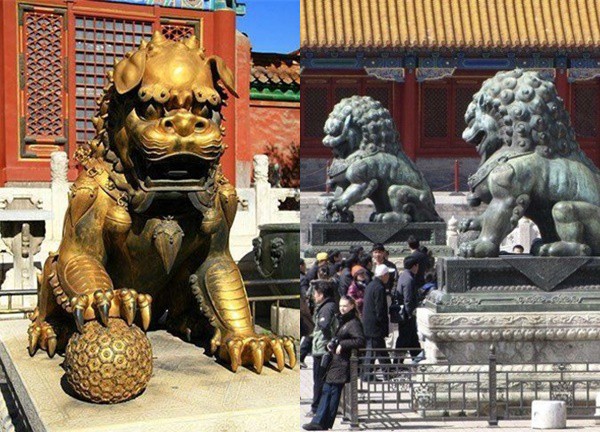
3 | 0 Discuss | Share
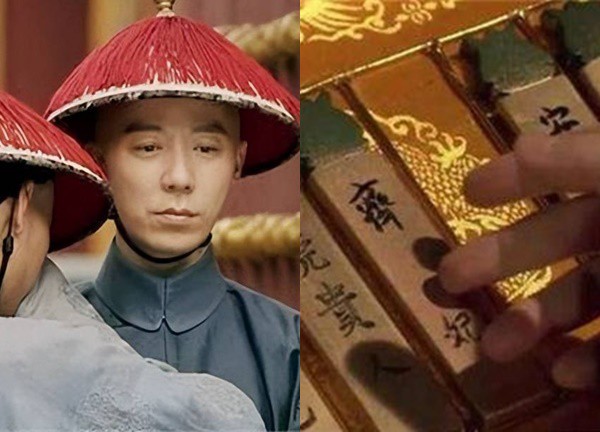
5 | 0 Discuss | Share
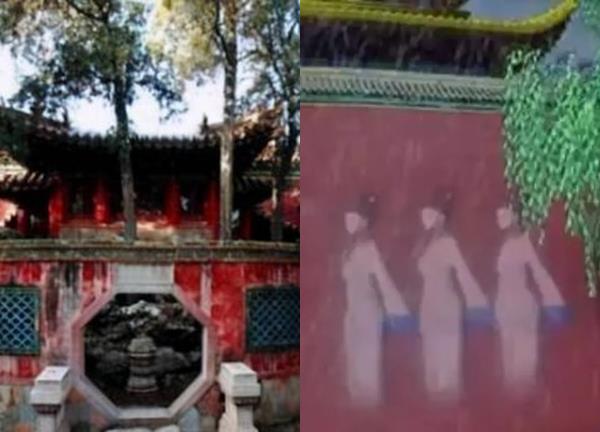
5 | 0 Discuss | Share
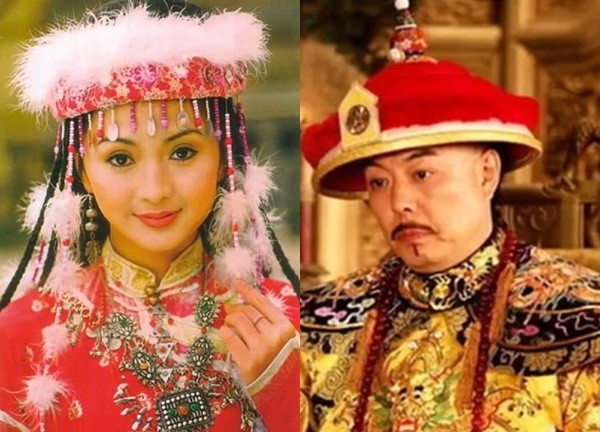
3 | 0 Discuss | Share

3 | 0 Discuss | Share
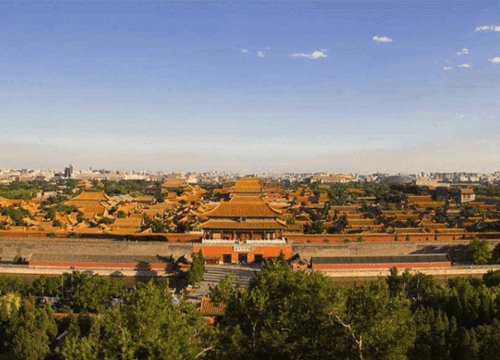
2 | 0 Discuss | Share
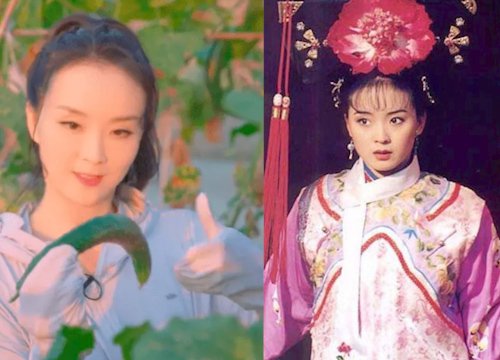
4 | 0 Discuss | Share




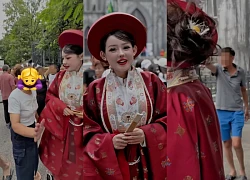


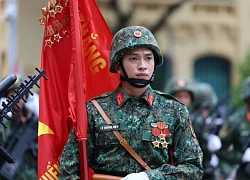


2 | 1 Discuss | Report